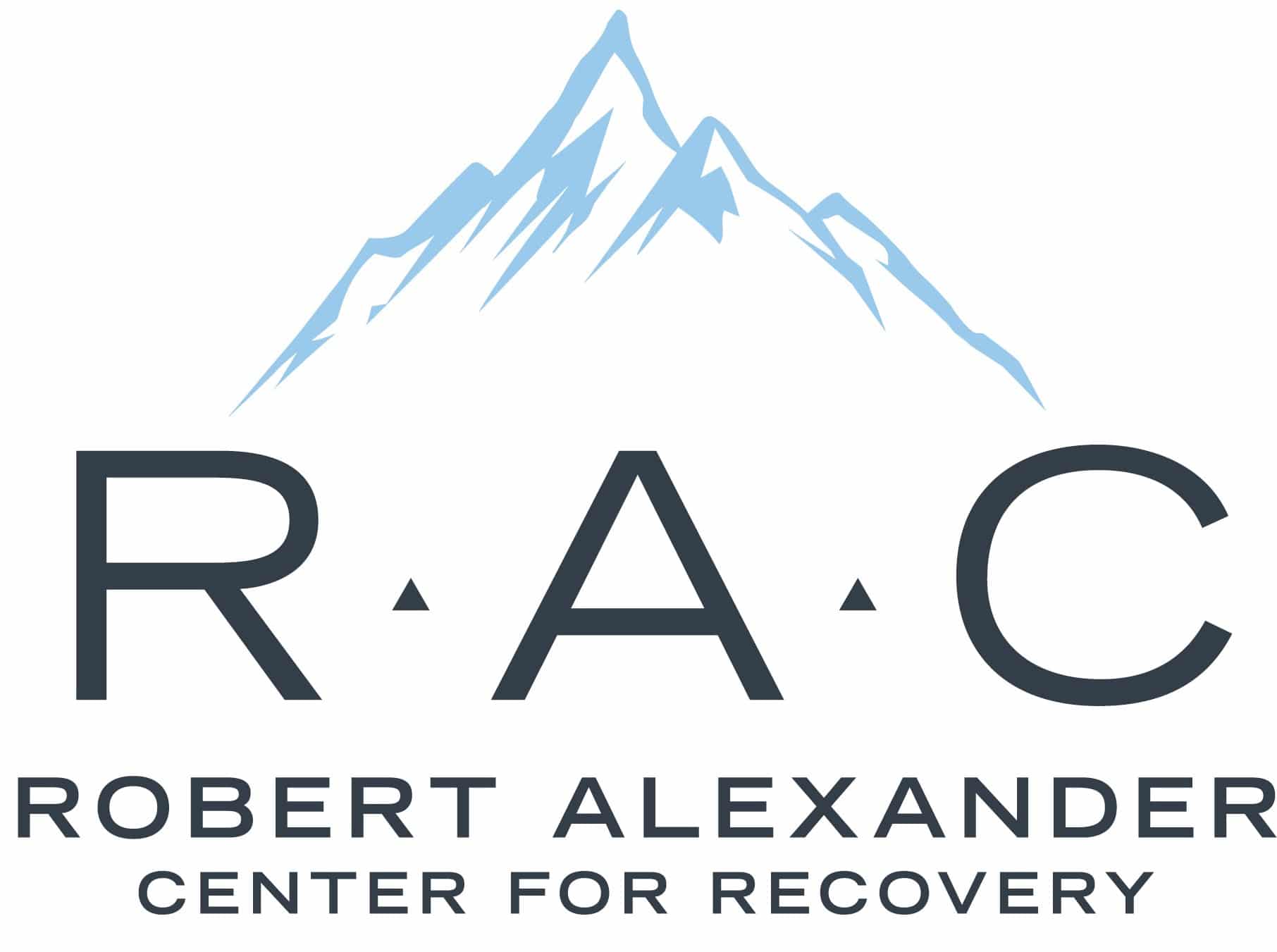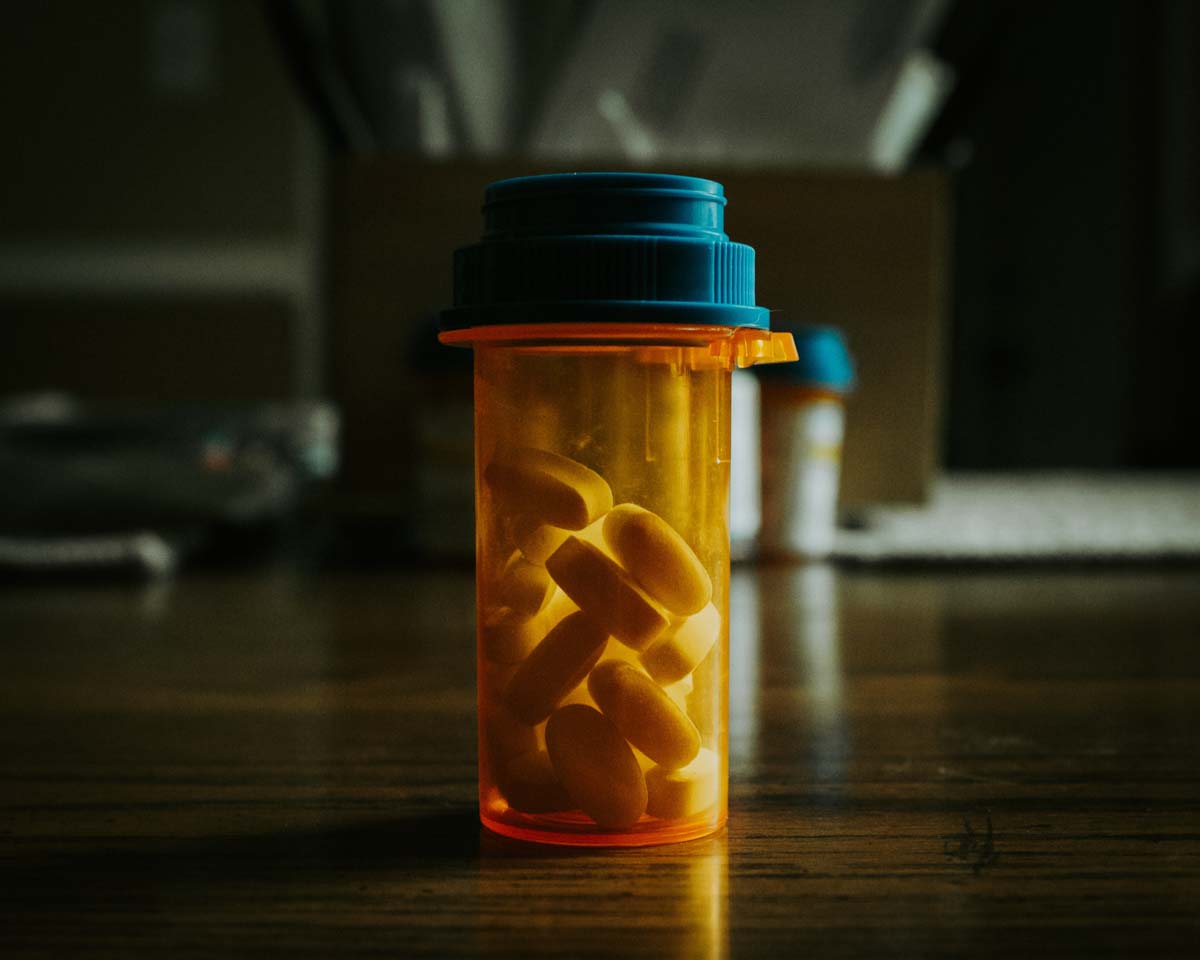Opioids are one of the most significant types of addiction impacting the American population. This article explores how Buprenorphine may be used to treat addiction and why it is controversial.
According to the WHO, 62 million people use opioids. Research also suggests that between 20 and 30% of people who take opioids misuse them. What’s perhaps more concerning is that 10% of people who misuse this medicine will become addicted. In total, 2.1 million people are believed to currently be experiencing an opioid disorder or addiction.
How Does An Opioid Addiction Occur?
Using opioids will trigger the release of endorphins in your brain and make you feel good. They provide a temporary but significantly powerful sense of well-being. When the feeling wears off, you will desire more and this is the first step towards an addiction. Taking opioids for a significant period will result in the production of endorphins slowing down. As such, as well as experiencing a desire to take opioids more frequently, you will also want to increase your dose.
Since it’s difficult to get a doctor to increase your dose of medically prescribed opioids, many individuals will turn to heroin. It’s estimated that 2% of people who are addicted to opioids will try heroin after developing a tolerance.
Buprenorphine As A Treatment Option For Opioids
Buprenorphine is a drug that can be used to treat opioid dependence. This treatment was first approved in 1995 and it is currently used in more than 44 countries across the world. It is considered to be safer compared to other substitutes because of its slower dissociation from receptors and lower levels of respiratory depression. As such, it provides options for less frequent dosing. However, it also means that detoxification is more difficult.
Burpee or hire is considered controversial as a treatment option for opioid addiction because it still has a negative impact on the brain. For instance, it may cause cognitive and psychomotor impairment as well as issues with memory. Physical symptoms of use could include nausea and some difficulty breathing. Due to this, many experts recommend an abstinence approach where no substitute is used for treatment.
What Does An Abstinence Based Recovery Involve?
Abstinence-based recovery plans from opioid addiction will usually begin with a complete detoxification. Medical professionals will use a controlled environment to ensure that all the opioids leave an individual’s system so that they can complete a treatment plan. This will usually be part of an inpatient program.
Since the positive sensations opioids provide are so powerful it is common for patients who receive inpatient treatment to be at risk of relapse once they return to their normal lives. That’s why intensive outpatient treatment options are often used as well.
Outpatient services can help ensure that a patient continues to access the support they need to remain on their treatment plan and complete a full recovery. This may include group and individual therapy sessions. Telemedicine services may also be used to provide a more flexible solution and continue to support a patient remotely.
Opioid addiction is difficult to recover from but with the right support, patients can regain control of their lives.

